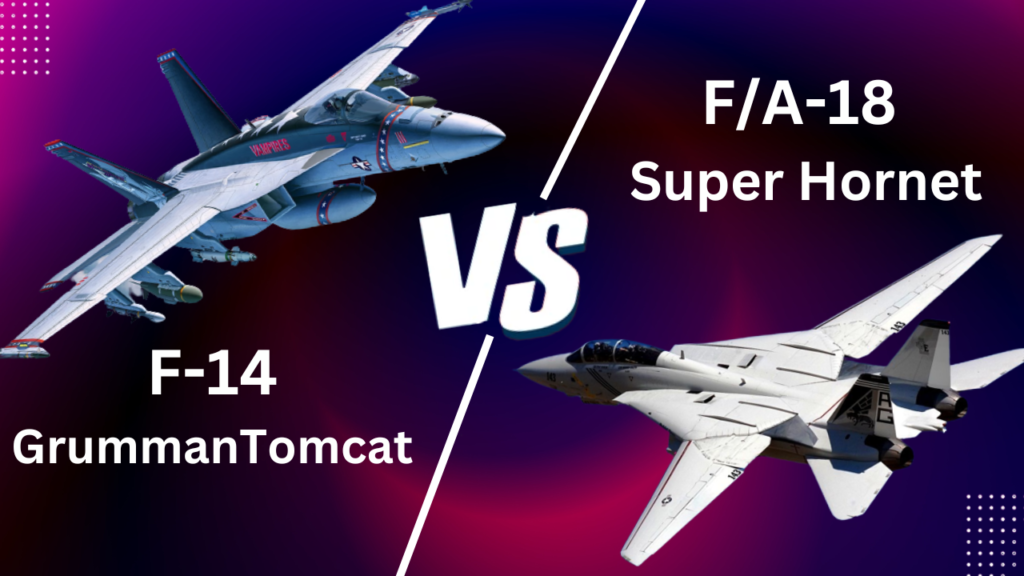
When it comes to the United States Air Force (USAF), the F-14 has long been the best fighter plane available. When the F/A-18E/F Super Hornet replaced all three variants of the F-14 in the US Navy, many people naturally wondered which plane was better.
Here is a comparison of the two to help you determine –
- Which is truly superior?
- Who has better specifications and who dominates in which domain?
The F-14 can reach a top speed of 2.34 Mach, whereas the F/A-18 Super Hornet can only reach 1.8 Mach. On the other hand, the F/A-18s are more maneuverable than the F-14s since they only require one pilot instead of two.
Grumman F-14 Tomcat
The Grumman F-14 Tomcat is a two-seat, twin-tail, supersonic, twin-engine fighter aircraft with variable-sweep wings that can operate from carriers. After the General Dynamics-Grumman F-111B project failed, the Tomcat was created for the Naval Fighter Experimental (VFX) program of the US Navy. The F-14 was the first fighter in the American Teen Series, which was created using lessons learned from air combat with MiG fighters during the Vietnam War.
The F-14, which replaced the McDonnell Douglas F-4 Phantom II, made its first flight on 21st December 1970 and made its initial deployment with the US Navy aboard USS Enterprise (CVN-65) in 1974. Up until the early 2000s, the F-14 served as the U.S. Navy’s main platform for maritime air superiority combat, fleet defense interceptor, and tactical aerial reconnaissance.
In 1987, the F-14B, which had an improved engine, entered production. The F-14D Super Tomcat, which made its first flight in 1988, is the product of additional improvements to the radar, avionics, and missile capacity.
The F/A-18E/F Super Hornet took over the 338 F-14s of all three types that were in service with the US Navy. The F-14 performed its final carrier launch in July 2006, and the US Navy formally decommissioned the F-14 Tomcat on September 22, 2006. The Iran Air Force presently uses the F-14.
F-14 cockpit

Since 1996, BAE Systems’ Catseye night-vision goggles have been a part of the F-14. Two multifunction flat-screen displays and a head-up display are included in the F-14D front cockpit setup. The radar intercept officer’s rear cockpit is fitted with a display that shows combined data from the aircraft’s array of sensors and the AN/APG-71 radar.
The Flight Visions Sparrow Hawk HUD and FV-3000 modular mission display system, which enhances dependability and night-vision capability, was installed in 82 US Navy F-14Bs. The NACES zero/zero ejection seat from Martin-Baker Aircraft Company is installed in the cockpit.
F-14 Tomcat weapons
Inside the F-14’s forward fuselage on the port side is a General Electric Vulcan M61A-1 20mm cannon that can hold 675 rounds of ammo.
The aircraft has eight hardpoints, four on the fuselage and two on each side under the fixed part of the wings, for carrying munitions. Among the air-to-ground weapons that can be carried by plane are the Rockeye bomb and the CBU cluster bomb, as well as the shorter-, medium-, and long-range air-to-air missiles AIM-9, AIM-7, and AIM-54.
The 45 km (28 mi) range of the Raytheon AIM-7 Sparrow makes it a medium-range radar-guided AAM. The AIM-9 Sidewinder, made by Lockheed Martin and Raytheon, is a very short-range air-to-air missile with a range of only 8 km (4.9 mi).
The AIM-54 Phoenix from Raytheon is a supersonic, long-range, air-to-air missile with a maximum range of 150 km (93.2 mi). The F-14 can carry and launch up to six Phoenix missiles, which may be directed in near-simultaneous bursts at up to six separate targets.

Four joint direct attack munitions can be carried by the F-14D. (JDAM). In March of 2003, an F-14 successfully released a precision-guided Joint Direct Attack Munition.
In 1995, the F-14 was outfitted with the Lockheed Martin LANTIRN precision strike navigation and targeting pod. The LANTIRN targeting pod has a laser designator/rangefinder and a FLIR with a dual field of view. FLIR and terrain-following radar are also included in the navigation pod. There is a sensor pod under the nose that houses a Lockheed Martin infrared search and track system.
Countermeasures
The BAE Systems Integrated Defense Solutions and Lockheed Martin AN/ALE-39 and AN/ALE-29 chaff, flare, and decoy dispensers are installed aboard the aircraft. The Super Tomcat is equipped with a BAE Systems Information & Electronic Warfare Systems (IEWS) AN/ALQ-126 jammer and a Raytheon AN/ALR-67(V)4 radar warning system.
Variants of F-14
F-14 A – The F-14A was the U.S. Navy’s first two-seat, twin-engine, all-weather interceptor fighter type.
F-14 B – An attacker version of the F-14A Tomcat is the F-14B Tomcat, sometimes referred to as the F-14B Bombcat. In Ace Combat 5: The Unsung War, it first appeared.
F-14 D – The F-14D Super Tomcat, which made its debut in 1991, was the final iteration of the F-14. The F-14D was powered by the same F110-GE-400 engines as the F-14B. Additionally, it replaced the older AWG-9 radar with the more modern AN/APG-71 radar and had improved digital avionics equipment, including a glass cockpit.
Boeing F/A-18 Super Hornet
The F/A-18 Super Hornet is an all-weather, twin-engine, supersonic, carrier-capable, multi-role combat aircraft that can also be used as an attack and fighter aircraft. For the US Navy and Marine Corps, Northrop and McDonnell Douglas (now a division of Boeing) developed the F/A-18 in the 1970s. It was modeled after the Northrop YF-17.
Along with the former Blue Angels Flight Demonstration Squadron of the United States Navy, a number of other nations’ air forces also use the Hornet.
The F-18 was designed to be a particularly versatile aircraft because of its powerful aerodynamics, avionics, cockpit displays, and ability to carry a variety of weaponry. Among the roles, the aircraft is capable of performing are air interdiction, fighter escort, fleet air defense, suppression of enemy air defenses, close air support, and aerial reconnaissance.
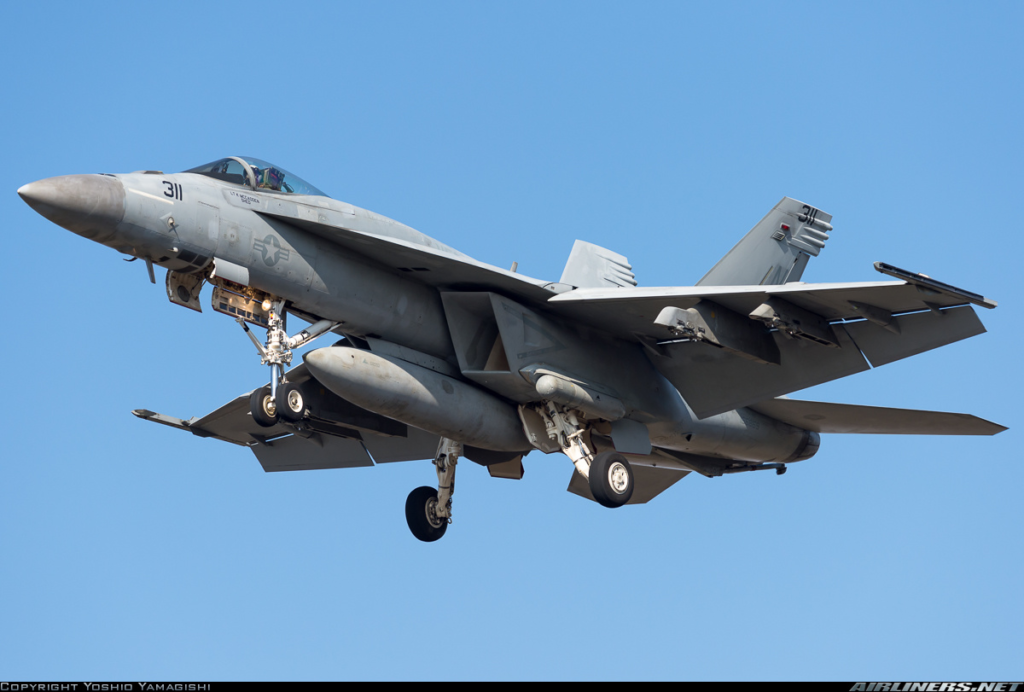
Although it has drawn criticism for falling short of earlier rivals in the fighter and strike fighter role, such as the Grumman F-14 Tomcat, and in the attack role, such as the Grumman A-6 Intruder and LTV A-7 Corsair II, its adaptability and dependability have shown it to be a valuable carrier asset.
The Hornet first saw action during the American bombing of Libya in 1986, and it later took part in the 1991 Gulf War and the 2003 Iraq War. Both the older Hornet and the F-14 Tomcat were replaced by the Boeing F/A-18E/F Super Hornet, a larger, evolutionary version of the F/A-18 Hornet, in the US Navy.
F/A-18 Cockpit
The cockpit of the F/A-18E/F includes a larger multi-purpose liquid crystal color monitor, two monochrome panels, and a new engine fuel display, all of which may be operated by touch.
This aircraft still has a lot of the avionics and mission software from the C/D models. The pilot’s control panel is fully equipped with cutting-edge equipment, including night-vision goggles and a computerized color map.
Martin Baker Aircraft, a British business, produces the SJU-5/6 ejection seat for usage in a weightless environment.
Super Hornet Weapons
The Super Hornet features 11 weapon stations, plus two extra wing store stations, to accommodate a wide range of weaponry such as AIM-9 Sidewinder, AIM-7 Sparrow, and AIM-120 AMRAAM air-to-air missiles.
The Maverick, Mk-76, BDU-48, SLAM/SLAM-ER, GBU-10, GBU-51, HARM, and Harpoon-guided air-to-ground missiles as well as the free-falling Mk-82LD, Mk-82HD, and Mk-84 air-to-ground bombs are also included in its arsenal.
Aircraft are capable of carrying the JDAM Joint Direct Attack Munition (JDAM), the joint stand-off weapon (JSOW), and the joint air-to-surface stand-off missile (JASSM).
Boeing is serving as the lead contractor for the Joint Helmet-Mounted Cueing System (JHMCS), which will be added to Block 2 and retrofitted onto Block 1 aircraft. Vision Systems International, which Kaiser and Elbit jointly own, is the main subcontractor.
Despite having previously been operationally deployed during Operation Iraqi Freedom, full-rate production systems began to be supplied in 2005.

The new light gun system for the F/A-18E/F is the General Dynamics M61A2 20mm Gatling gun, which has a switchable fire rate of 4,000 or 6,000 rounds per minute and a fully integrated link-less ammunition supply system.
Countermeasures
The AN/ALQ-124 integrated defensive countermeasures systems (IDECM) manage the on- and off-board deception countermeasures, the expendable decoys, and the signal and frequency control of emissions while providing coordinated situation awareness.
ITT Electronic Systems and BAE Systems Information and Electronic Warfare Systems (IEWS, previously Sanders) collaborated to create the system.
Variants of F-18
There are many variants of F-18; for example –
F/A-18A, F/A-18B, F/A-18C, F/A-18D, F-18(R), RF-18D and many more. It also has different variants for export purposes.
Grumman F-14 Tomcat Vs F/A-18 Super Hornet
Specifications
Basics
| Data | F-14 Tomcat | F/A-18 Super Hornet |
| Origin: | United States | United States |
| Year: | 1974 | 1999 |
| Crew: | 2 | 1 or 2 |
| Production: | 712 units | 615 units |
Dimensions and Size
| Dimensions | F-14 Tomcat | F/A-18 Super Hornet |
| Length: | 19.1 m (62.7 ft) | 18.4 m (60.1 ft) |
| Wingspan: | 19.6 m (64.1 ft) | 13.65 m (45 ft) |
| Wing area: | 52.5 m2 (565 sq ft) | 46.5 m² (500 sq ft) |
| Height: | 4.9 m (16 ft) | 4.88 m (16.0 ft) |
| Weight: | 19,838 k (43,735 lb) | 14,500 kg (32,000 lb) |
| Power: | 2 x 73.9 kN (16,610 lbf) | 2 x 97 kN (22k lbf) |
Performance
| Specs | F-14 Tomcat | F/A-18 Super Hornet |
| Max speed: | 2,485 kph (1544 mph) | 1,911 kph (1,187 mph) |
| Range: | 3,000 km (1,864 mi) | 1,095 km (680 mi) |
| Ceiling: | 16,000 m ( 53,000 ft) | 15,000 m (49,213 ft) |
| Rate of climb: | 230 m/s (45k ft/min) | 228 m/s (44k ft/min) |
| Fuel Capacity: | 7,348 kg (16,200 lb) | 4,930 kg (10,860 lb) |
| Wing loading: | 470 kg/m2 (96 lb/sq ft) | 450 kg/m2 (93 lb/sq ft) |

Engine
F-14
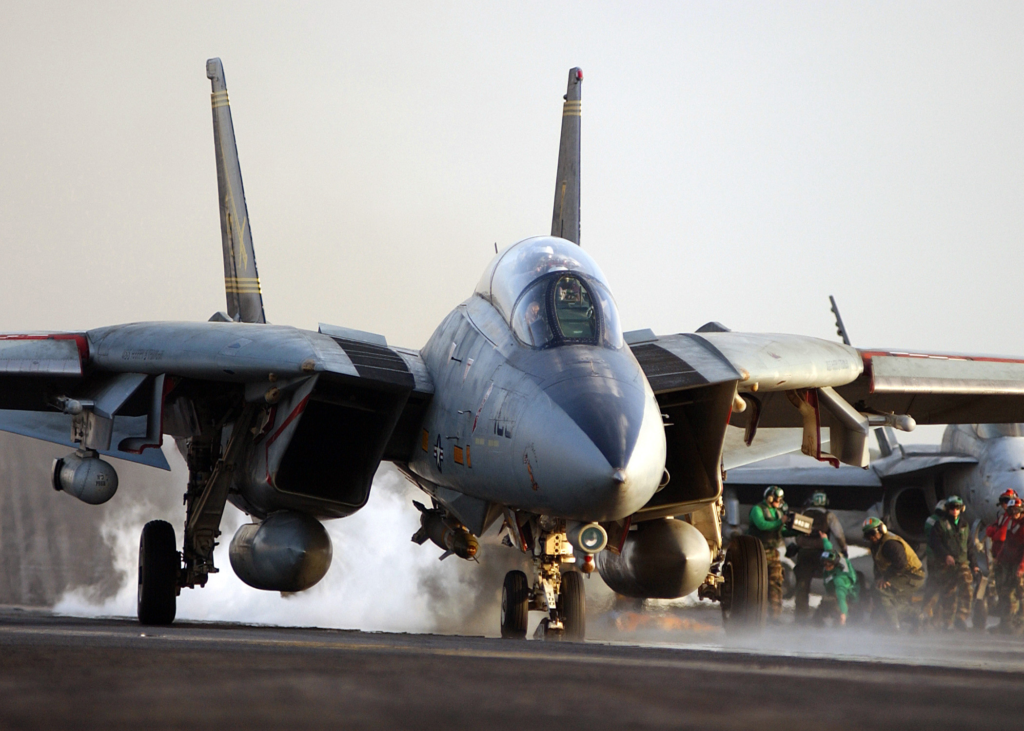
Both the engine of F-14B and F-14D are powered by two General Electric F110-GE-400 turbofan engines, with the latter having a maximum afterburn thrust of 120 kN. Five 9,000-liter fuel tanks are housed inside, two each in the wing’s fixed and outer sections and the fuselage’s rear between the engines.
F-18
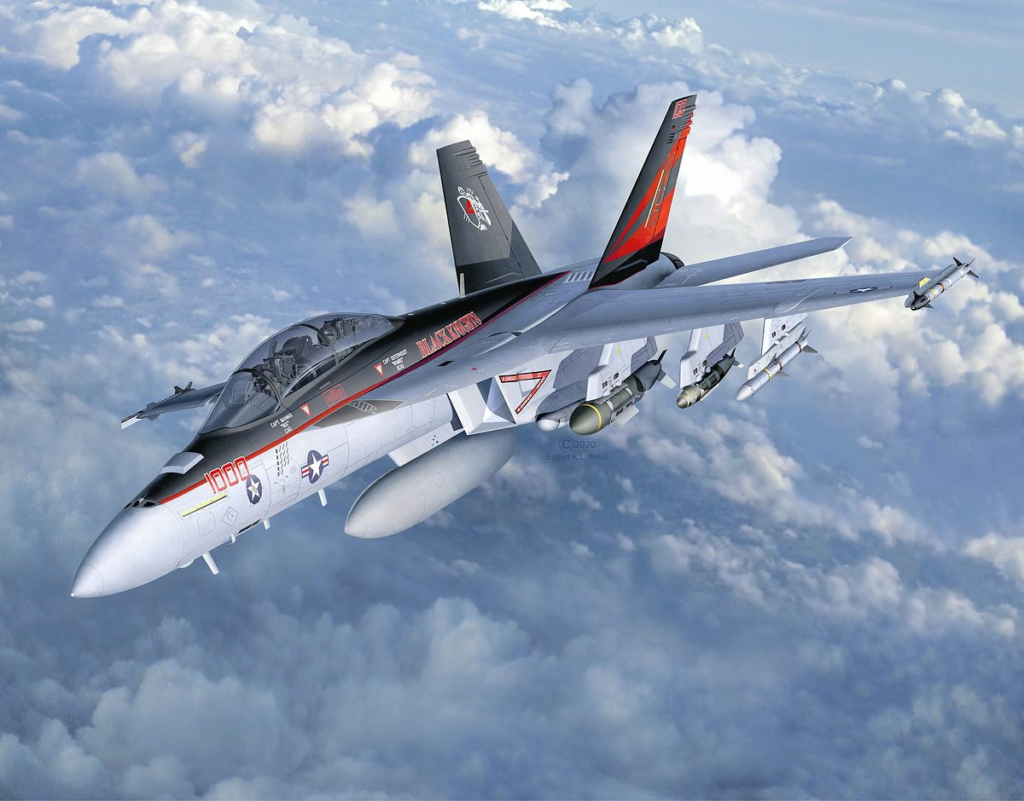
The aircraft’s power is furnished by two F414-GE-400 turbofan engines from General Electric. These motors are an improved version of the GE F404s found in the Hornet.
Each engine delivers 9979 kg (22,000lb) thrust, with afterburn delivering a maximum speed in excess of 2222 kph (1381 mph).
FAQ
- Is there any F-14 still flying?
- The Islamic Republic of Iran’s Air Force still uses a small fleet of F-14s that were originally purchased under the era of Shah Mohammed Reza Pahlavi.
- Why is F-14 better than F-18?
- The F/A-18 Super Hornet can only reach 2222 kph (1381 mph), but the F-14 can reach 2889 kph (1795 mph). However, the F/A-18 is more maneuverable than the F-14 since it requires only one pilot instead of two.
- Why does the F-14 have two pilots?
- Any fighter plane worth its salt would require at least two pilots due to the intense demands placed on them. Fewer fighter planes today employ two crew members than in the past because of improvements in avionics, sensors, and weapon systems that make them easier for a single pilot to control.
- Is the F-14 in Top Gun 2?
- The F-14 Tomcat was featured in the previous film, and with the sequel hitting a lot of sentimental notes, it was right for the fighter to make an encore in a climactic dogfight action.
- What is the F-18 being replaced by?
- Similar to how the F-35C would replace older F/A-18 Hornets and supplement the Super Hornet fleet, the F/A-XX will do the same for the Super Hornet fleet in the 2030s.
- What’s better F-16 or F18?
- When compared to the F-18, the F-16 has a significantly higher range, allowing it to remain in the air for longer without refueling. It also has the upper hand in a dogfight since it can withstand more G forces than the F-18.
- Can F-18 be flown solo?
- The F18 super hornet can be purchased in both one or two-seat cockpit configurations. Usually operated by a single pilot, the twin-seat layout enables training, as well as VIP rides



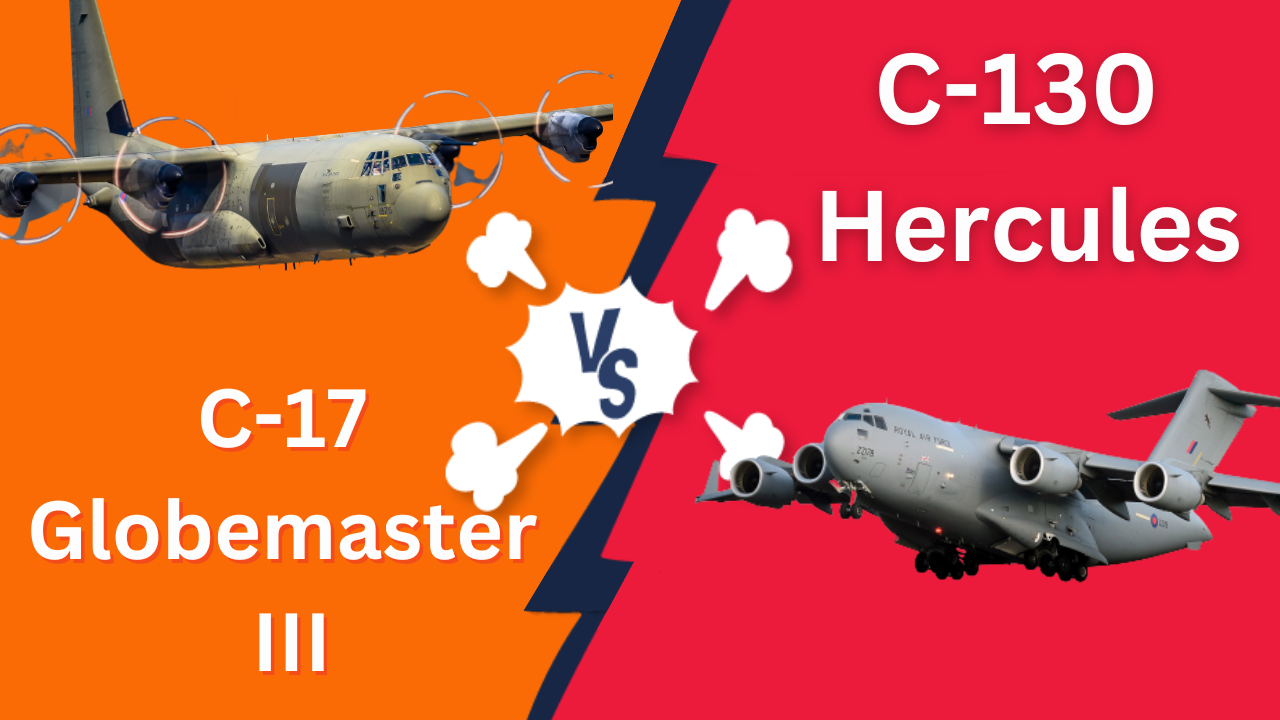
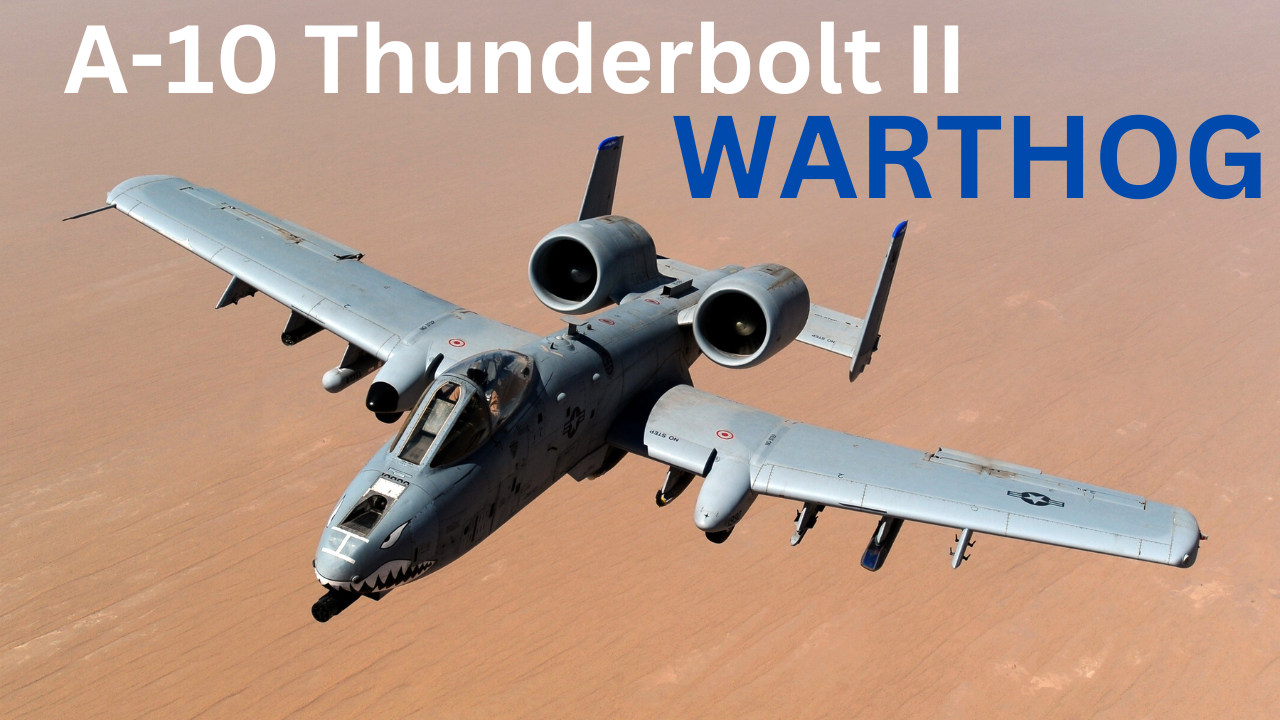
In other words, the F/A-18 is still a little less than all the plane it replaces. A jack of all trades but not really a master at anything except being more cost effective as the same parts can used across all the various versions.The navy should have deploy the F-16XL instead